AO Edited
Fabius Page's Mule and Horse Graveyard
Between 1930 and 1946, a tobacco farmer laid his beloved horses and mules to rest in this small patch of pine forest.
Between a major highway and a new apartment development, there is a small patch of pine forest left over from a time when it was all farmland. There, between 1930 and 1946, tobacco farmer Fabius Haywood Page laid to rest his beloved horses and mules.
There are 10 graves in all, very difficult to find but well-maintained. They display both practical and heartfelt memories (“Very gentle,” “Very Intelligent,” “3 White Feet”). Mules Maud, Kate, Lulu, and Rose are joined by horses Bessie, Nell, Prince, Starr, Ted, and Dan, named “Best of all” on a gravestone “erected by F.H. Page owner of the animals he loved so well.”
F.H. Page lived on this land from his birth in 1889 to 1978, first with his parents and then with his wife Annie Lee Walton and their five children. He never owned a tractor and loved his animals so much that he swore to never sell a mule. He told a reporter that he stipulated in his will that the small graveyard can never be sold or traded but it’s unclear what the current legal status is of the plot.
In the times before tractors, these draft animals would have been essential to the operation of a farm and the survival of the farmers. Everyone recognizes the importance of horses, but the mule—an infertile hybrid bred from a female horse and a male donkey—has been part of human history since at least 1000 BC. Their hybrid nature made them unable to reproduce, but mules are gentle-natured, hard-working, strong, long-lived, and, while not as bright as horses, they are considered smarter than donkeys. They are mentioned in the writings of Homer, Charles Darwin, and William Faulkner, among many others. George Washington bred them and they became widespread in the U.S. in the 19th century. They are named in the phrase “40 acres and a mule,” an early but unkept promise to compensate formerly enslaved people after the American Civil War, representing land and essential farm equipment to set them up for success.
The mule is part of North Carolina history, especially for their important role in tobacco farming. Nearby Creedmoor, North Carolina, was known as “Mule Town” and was once the largest mule trading center in the world. As demand for mules fell thanks to widespread mechanization on farms, in 1949 Benson, North Carolina launched a Mule Days festival that still takes place each September.
This little graveyard is unique, historic, and a sweet reminder of the love of a human for his animal companions.
Know Before You Go
The address above is approximate, and will lead you towards the end of Landgon Road where there is a circle. You will have to walk into the woods. The approximate GPS coordinates are 35.87961199945577, -78.82659948617747 or 35.87978, -78.82619, but these are not exact—it is difficult to find and takes some hunting.












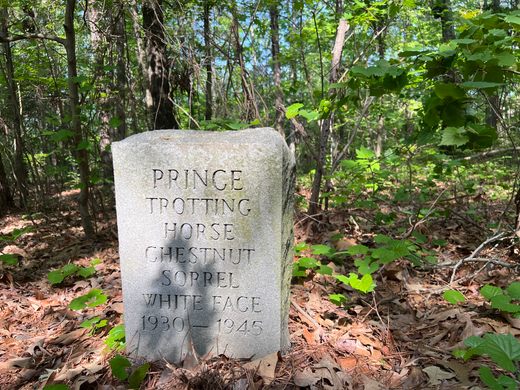
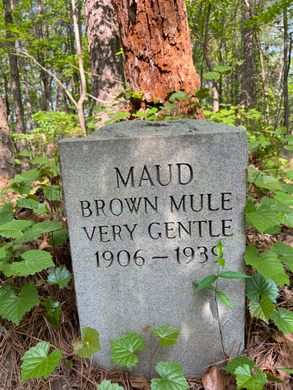


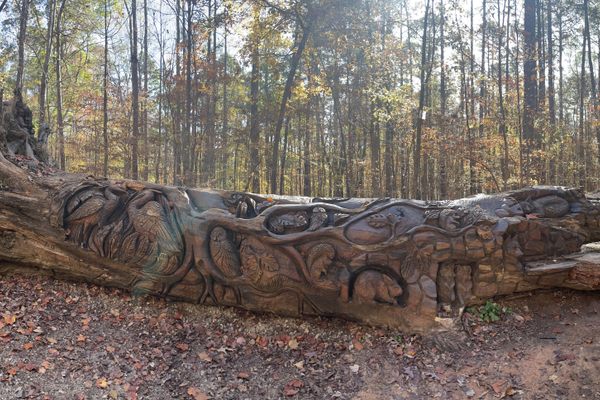

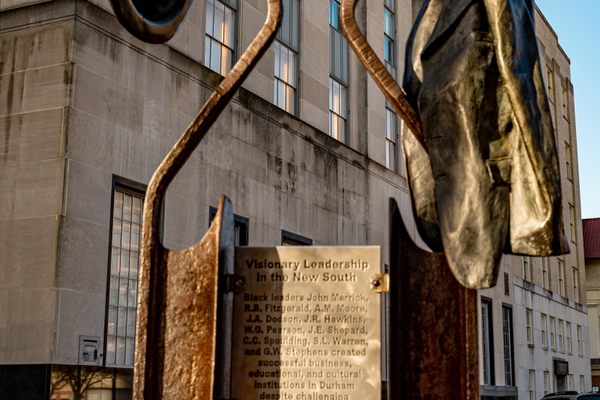


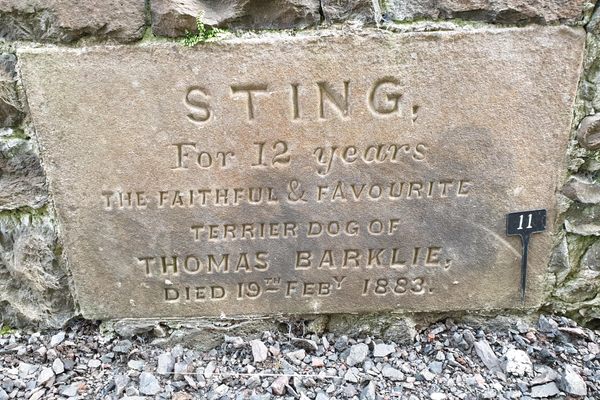



Follow us on Twitter to get the latest on the world's hidden wonders.
Like us on Facebook to get the latest on the world's hidden wonders.
Follow us on Twitter Like us on Facebook